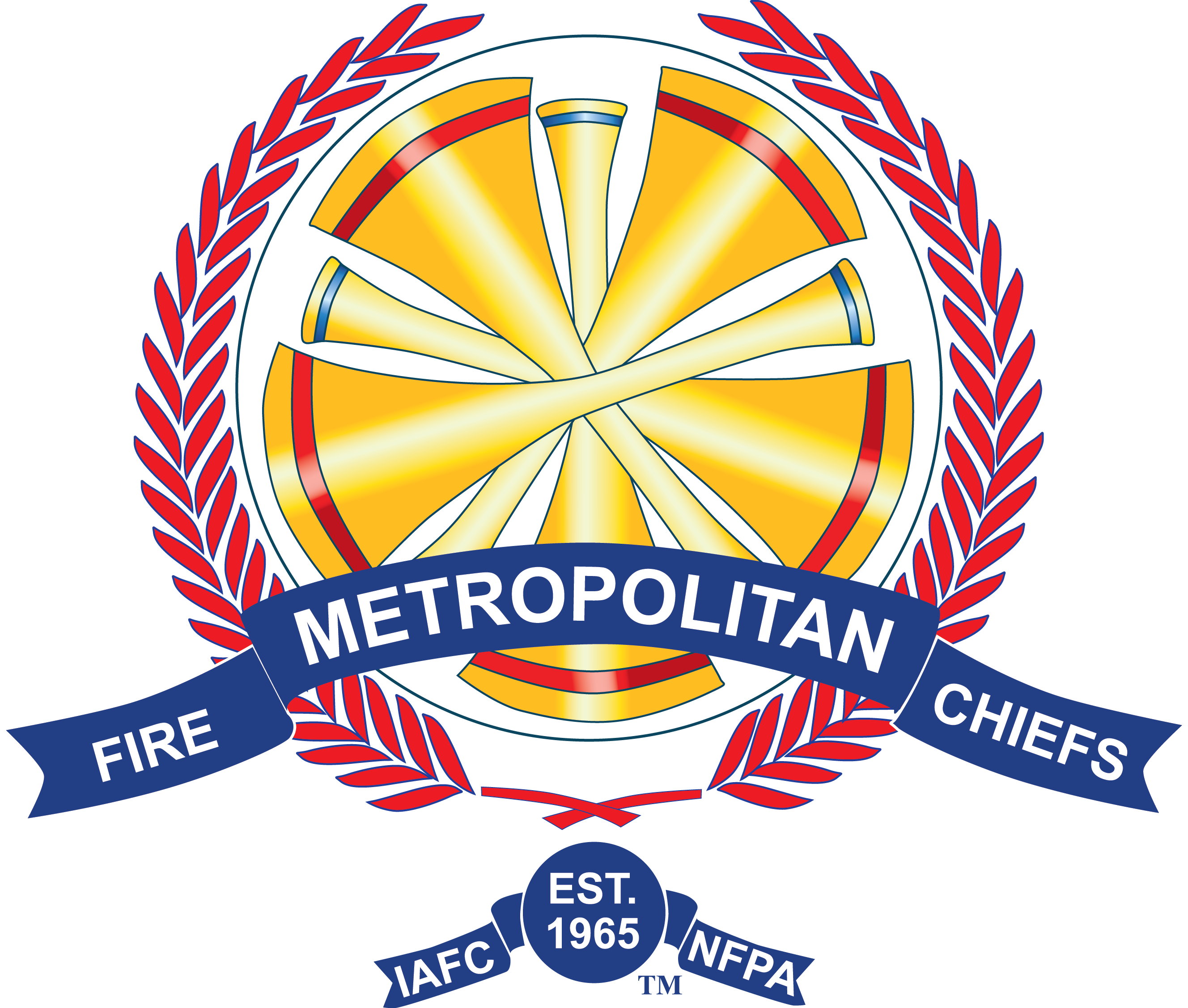
CPSE University

CPSE Metro Proven Practices Project
CPSE and Metro have partnered to develop this series highlighting proven practices of Metro departments accredited by CPSE’s Commission on Fire Accreditation International. Each case study focuses on a particular topic and outlines the opportunity the agency faces, the actions they took, the outcomes of their efforts, and provides tips for replication.
Culture of Cooperation
-
Indianapolis Fire Department Injury Treatment and Rehabilitation Program
When faced with pressure from rising line of duty injury and illness cost, the department was challenged to reduce workers compensation costs and loss of time due to prolonged recovery periods. The Indianapolis Fire Department took a fresh and comprehensive look at how it managed the treatment and recovery of its members.
-
West Metro Fire Protection District Strategic Planning Teams
When a millage levy election failed to pass, West Metro Fire Rescue was faced with organizational realignment because of budget reductions that affected core services. To weather associated deployment and staffing changes, labor and management had to leverage their collaborative relationship.
Use of Data
-
Calgary Fire Department Community Risk Index
Already a data-driven agency, the Calgary Fire Department sought to expand on that institutionalized practice by examining the community's risk and developing mitigation strategies.
-
Fairfax County Fire and Rescue Department Rethinking Data Analysis
Fairfax County Fire and Rescue Department Fire Chief John Butler and department staff members recognized an opportunity to strengthen the organization’s use of data by centralizing the department data analysts and GIS specialists so that they could share their knowledge and collaborate in developing new approaches to the use of data.
-
Houston Fire Department Data-Driven Fleet Replacement
In 2017, the Houston Fire Department’s fleet was in a critical state. Its aging vehicles were no longer dependable due to a lack of adherence to the adopted replacement cycle. Funding from the city of Houston was required, but how much and for how long were big questions. Challenged by Chief Sam Pena, the staff developed a data-driven analysis that led to a public-private partnership to replace vehicles earlier in their life cycles and in a cost-effective manner.
-
Toronto Fire Services Analytics and Decision Support
As the largest fire department in Canada and one of the largest in North America, when Toronto Fire Services developed its “TFS Transformation Plan . . . the organization [realized it] was data rich [but] needed capacity to analyze the data and help to tell the story behind the data” and needed “to present the measures in a user-friendly way.”
Pre-Fire Planning
-
Greensboro Fire Department Vulnerability Assessment Program
In 2014, the Greensboro Fire Department experienced a near miss structural collapse during a commercial building fire. The independent review that followed produced a series of action steps, one of which was a recommendation to revise the department’s pre-planning process.
-
South Metro Fire Rescue Pre-Planning Alignment
Beginning with the merger of two fire departments and continuing with its merger with a third, South Metro Fire Rescue recognized the importance of integrating its preplan process across multiple divisions in the “new” department.
Behavioral Health
-
El Paso Fire Department Creating a Comprehensive Support Network
Following its response to a mass shooting at a big box store in 2019, the El Paso Fire Department (EPF) found itself “playing catch up” in its care and support of the behavioral health of members of the department.
-
Miami-Dade Fire Rescue Normalizing a Behavioral Health Culture
Following the collapse of a twelve-story beachside condominium building, Miami-Dade Fire Rescue’s (MDFR) efforts around the mental health support of its members needed to expand due to the scope and longevity of rescue and recovery efforts.
Community Risk Reduction
-
Cobb County Fire & Emergency Services Safety Village
Faced with a steady, continuing population growth, Cobb County Fire and Emergency Services wondered how it could effectively provide code enforcement services while focusing on this dynamic community's fire and life safety education needs. This commitment grew over the years, evolving into more sophisticated approaches to the identified needs of the residents.
-
Edmonton Fire Rescue Services Community Property Safety Team
In 2016, the city created the Problem Property Initiative to deal with poorly maintained or “slum” properties, some of which may have been an unsecured vacant property (UVP). By 2020, Edmonton Fire Rescue Services was experiencing an increasing number of fires in UVPs, frequently responding to the same address for reported fires. Seeing the trend through response data analysis and with personnel asking if something could be done about these buildings before someone was injured, the department developed a multi-faceted approach.
-
Montgomery County Fire and Rescue Service “After the Fire”
Sometimes collective intuition forming around similar, repeated questions aligns with an opportunity for change and leads a fire department toward true innovation, moving from “a thing we do, to a way we do things.” Such was the case with the “After the Fire” program developed by the Montgomery County, MD Fire and Rescue Service (MCFRS).
Wildland Urban Interface
-
Colorado Springs Fire Department Ready, Set, Go Wildfire Program
In 2012, Colorado Springs suffered a devastating wildland urban interface fire. The local, state, and national attention brought by the Waldo Canyon Fire provided the catalyst necessary to make changes to the city’s approach to wildland-urban interface prevention, mitigation and response.
| Access Date | Quiz Result | Score | Actions |
|---|